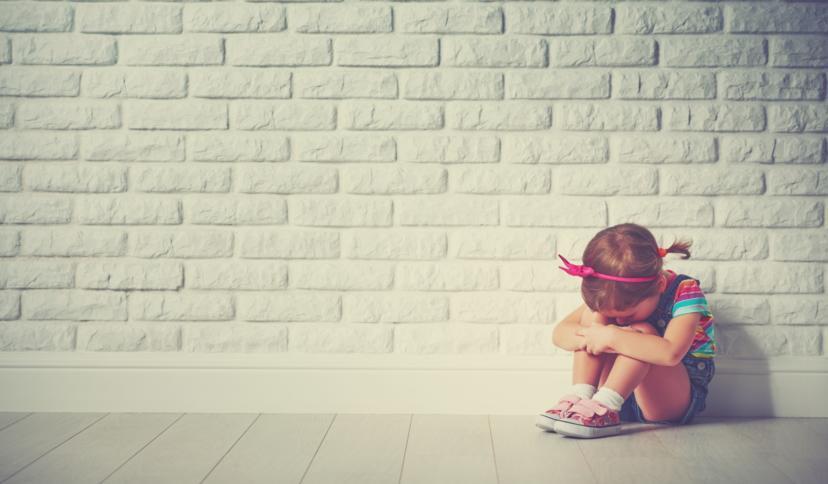Recognizing Anxiety Disorders In Children

It’s sometimes difficult to understand your kids and their behavior. One moment they are happy and the next moment, they seem sad or irritated. Well, this kind of innocent behavior in children can be considered normal under certain conditions, but not always. For example, anxiety is useful and normal in certain situations and circumstances, but when it starts interfering with our daily lives, it’s not normal. So, if you observe that your children are also becoming excessively anxious or worried about a particular thing or situation, they might be suffering from anxiety disorder.
Understanding Different Types of Anxiety Disorder Found in Children
As a parent or a caregiver, it’s hard to accept the reality that your child is suffering from a mental illness, but ignoring the same is not the solution to the problem either. So, how do you know if the signs, symptoms, and behaviors you are noticing in your children qualify for anxiety disorder?
Below is a list of six anxiety disorders found in children that will help you understand this:
1) Generalized Anxiety Disorder: A child having generalized anxiety disorder (GAD) worries excessively about daily life events and a variety of things, such as family issues, grades, relationships with peers, parents divorcing, a loved one becoming ill or dying, academic performance, personal health, natural disasters, world events, and performance in sports. Children with GAD strive for perfection and seek constant approval or reassurance from others.
2) Panic Disorder: Panic disorder is a severe type of anxiety disorder that is characterized by the sudden onset of intense fear of something bad happening. Symptoms of panic disorder in children include pounding heart, difficulty breathing, needing to escape, sweating, sense of danger, feeling shaky, dizzy, and chest pain, among others. The panic disorder may also be accompanied by agoraphobia, which is a fear of being in the place where escape or help seems difficult. The child suffering from agoraphobia may not want to go to school or leave the house at all because they are scared that something bad will happen to them.
3) Social Anxiety Disorder: Children and teens suffering from social anxiety disorder or social phobia have an intense fear of social and performance situations, and activities because they worry about being judged by others negatively. For example, they may avoid social activities, such as speaking to peers or adults, going to parties, or even going to school.
4) Selective Mutism: Selective mutism is a childhood anxiety disorder in which children refuse to speak in some situations where talking is expected or necessary, but speaks comfortably in other situations. Children having selective mutism disorder may stand expressionless and motionless, chew or twirl hair, turn their heads, avoid eye contact, or hide in a corner to avoid talking in certain situations while the same children can be very talkative and behave normally at home or other places where they feel comfortable.
5) Separation Anxiety Disorder: Separation with a loved one can affect anyone, but for children, the situation can be more sensitive. So, if your child that is between 7-years-old and 9-years-old is feeling anxious to leave any of family member, or taking longer to come out of distress after a separation from a parent or a loved one, then the child could be having separation anxiety disorder. Some of the common symptoms of this disorder include refusing to go to school, or a sleepover, and refusing to sleep alone in a different room even in their own home.
6) Body Focused Repetitive Behaviors: Body-Focused Repetitive Behaviors, or BFRBs, are a cluster of habitual behaviors that include skin picking (called Skin Excoriation), hair pulling (called Trichotillomania), nose picking, nail biting, and lip or cheek biting. In both Skin Excoriation and Trichotillomania, the child experiences constant and repetitive engagement in either skin picking or pulling out of one’s hair, resulting in noticeable skin abrasions or lesions and hair loss. Despite several efforts to stop such behavior, the person finds difficult to stop it, which results in health problems.
The Bottom Line
Apart from the above-mentioned disorders, there are some other types too such as Obsessive-Compulsive Disorder (OCD), Post-Traumatic Stress Disorder (PTSD) and specific phobias that may affect children. Once you analyze the disorder, the immediate action you should take is booking an appointment with a trained mental health professional or getting help from a local youth counseling service.













